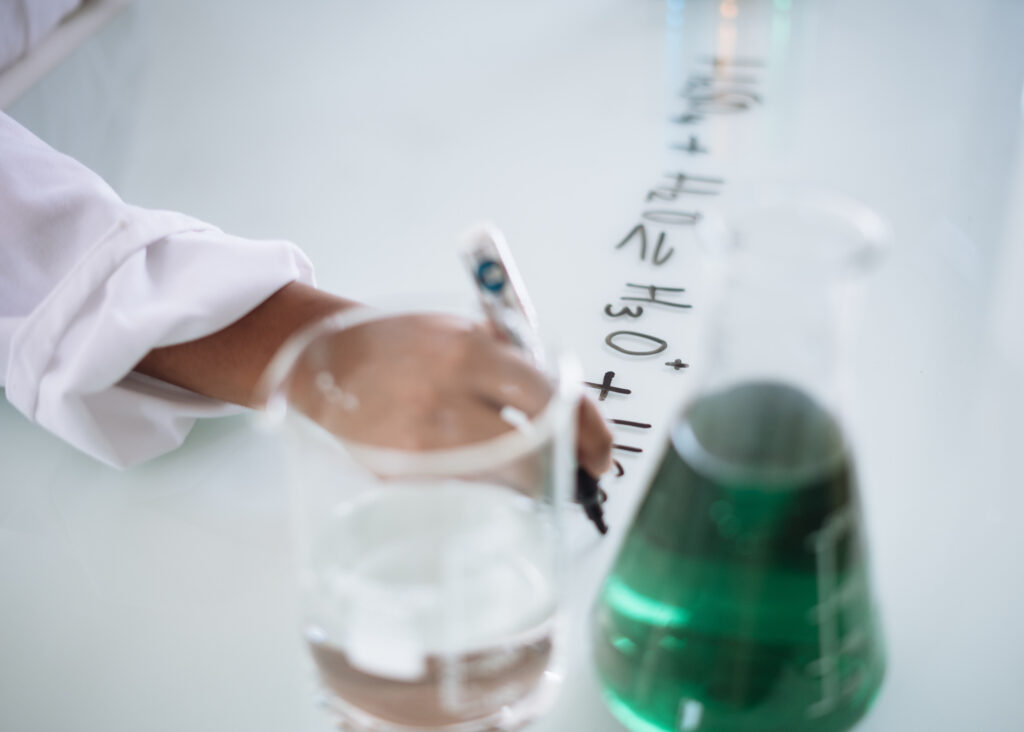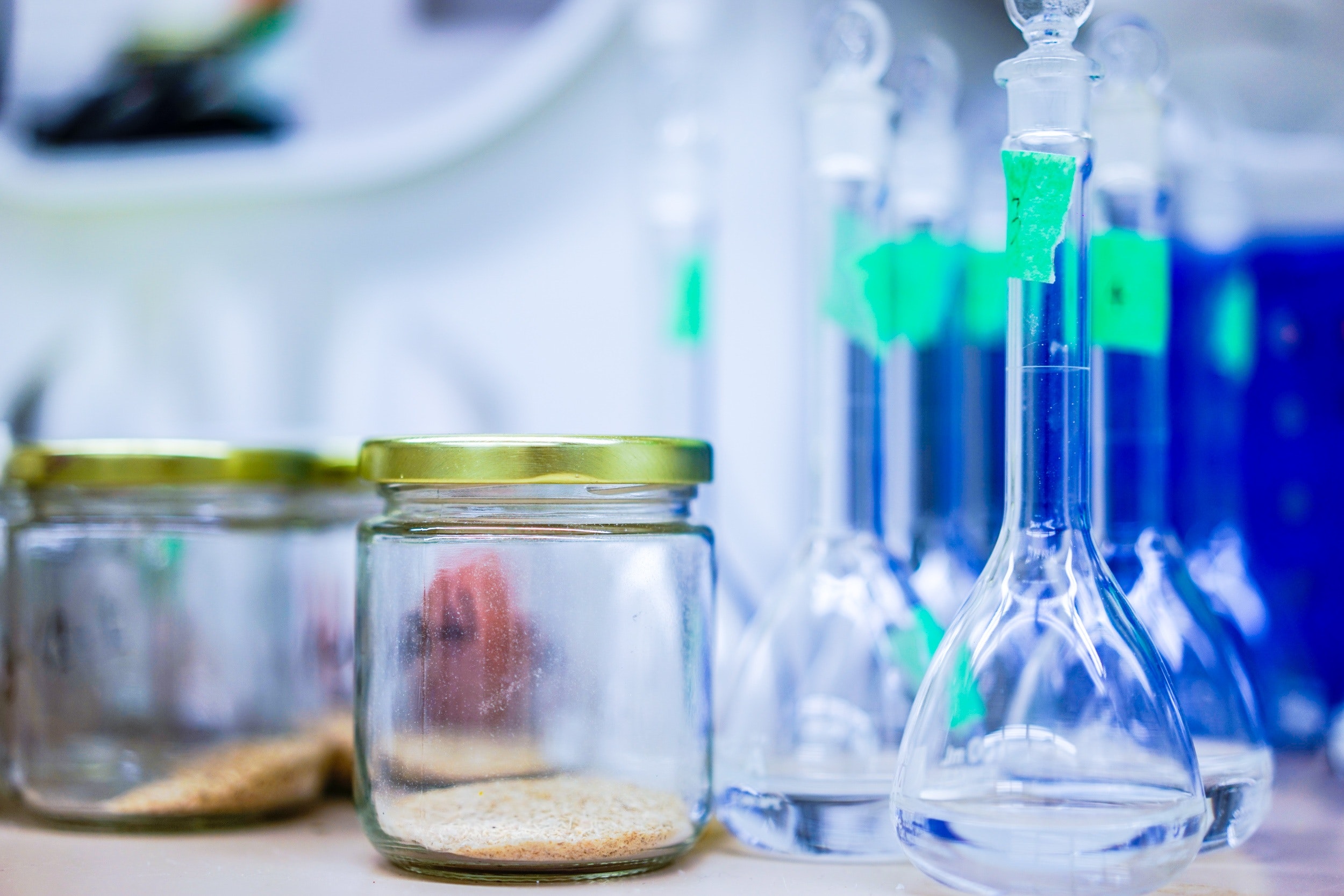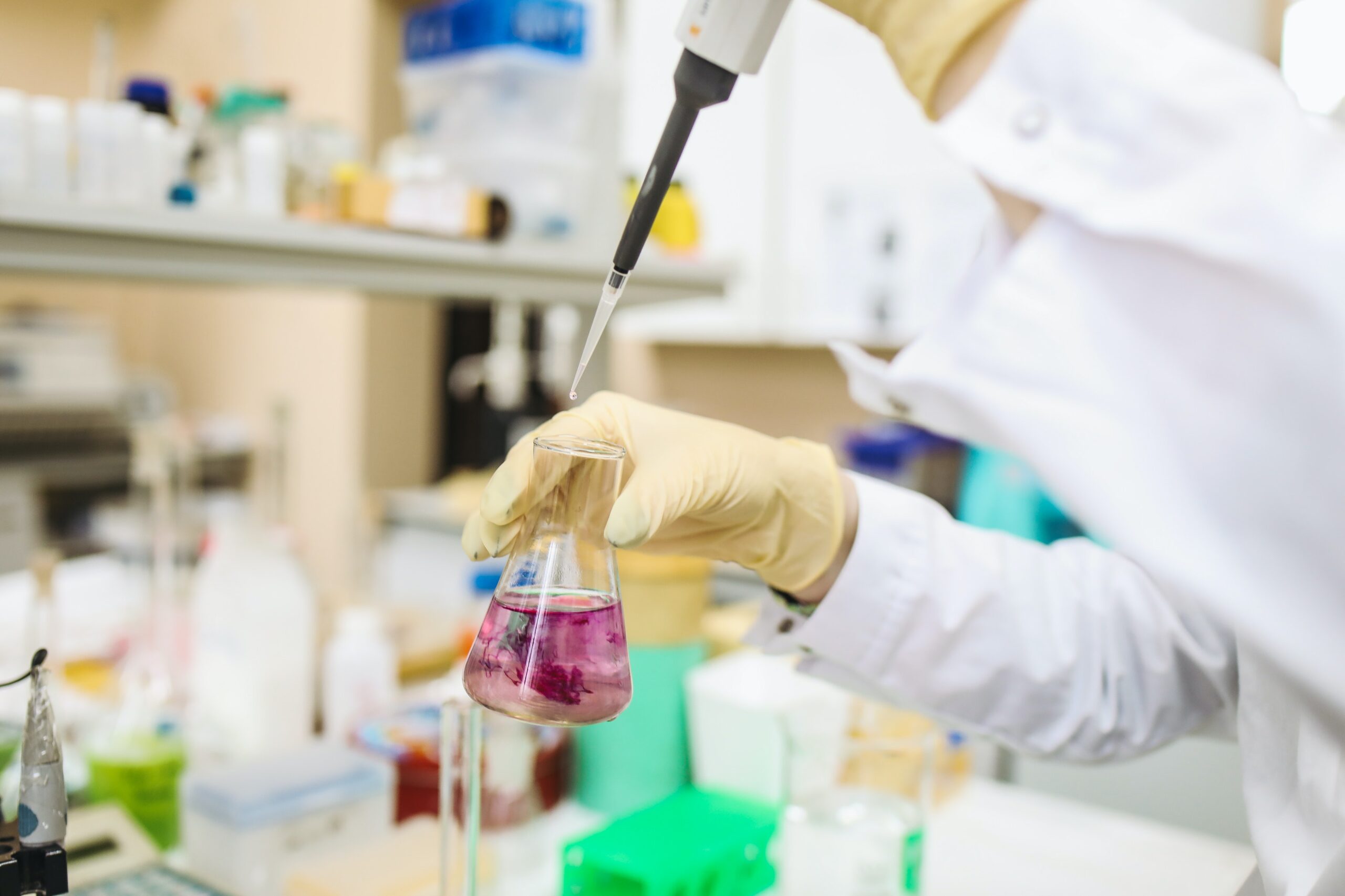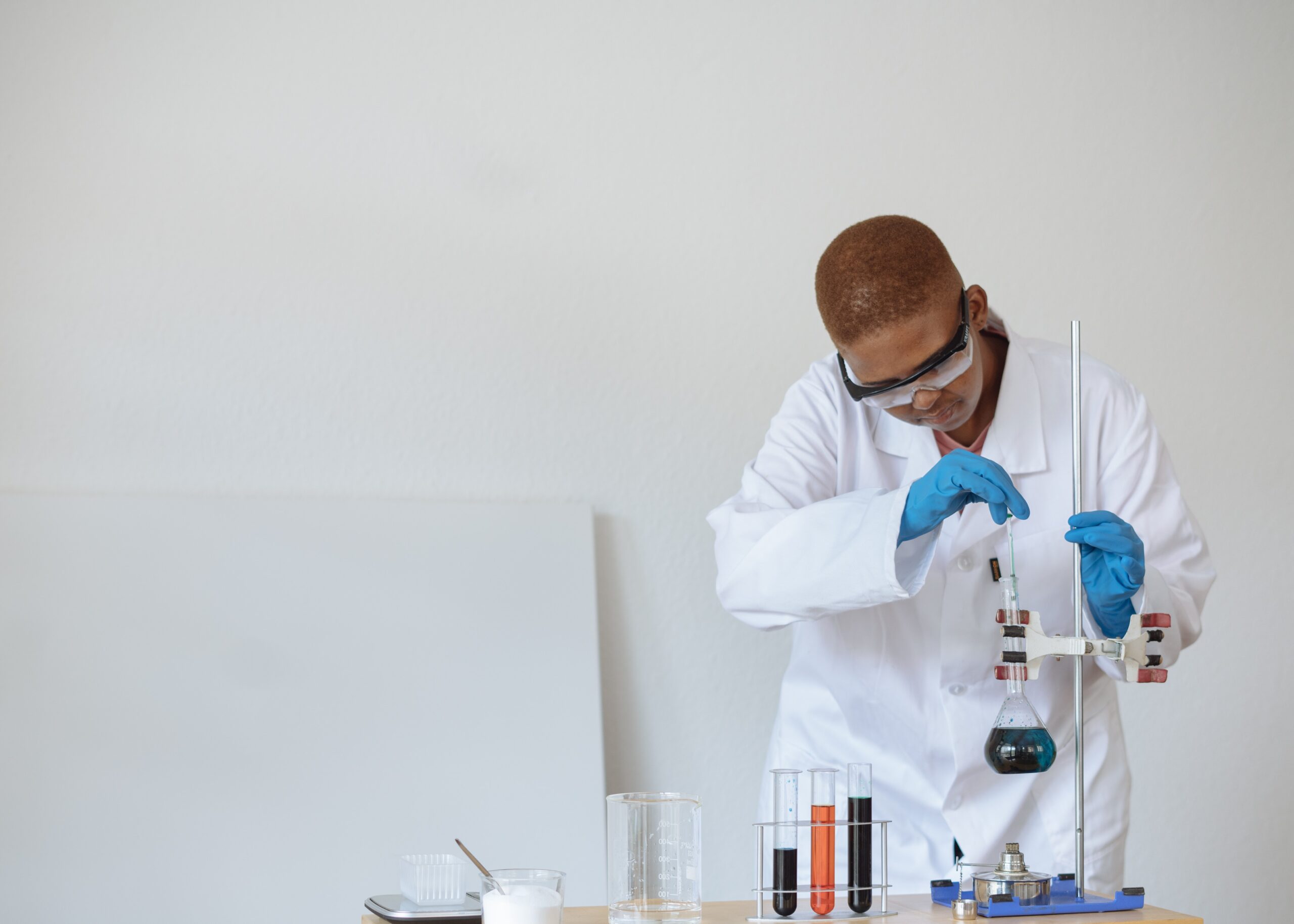Year 12 Chemistry begins with the concepts of open systems and closed systems. This will set us up to better understand static and dynamic equilibrium as well as non equilibrium…

Stoichiometry is a section of chemistry that refers to the quantitative relationships between the amounts of reactants and products in a chemical reaction.
In Year 11 Chemistry students are introduced to Quantitative Chemistry. This builds a foundation of knowledge from year 10 science such as:
- Understanding Atoms, Molecules & Compounds
- Writing Chemical Equations
- Different Types of Chemical Reactions
In year 11 students learn also about the mole concept and balancing chemical equations.
With this knowledge as our foundation, let’s explore the stoichiometry in more detail.
What is Stoichiometry?
Stoichiometry is the relationship between the relative quantities of substances taking part in a chemical reaction. It is typically expressed as a ratio of whole integers. In Greek, stoikhein means element and metron means measure, so stoichiometry literally translated means the measurement of elements.
Stoichiometric relationships are based on the principles of the law of conservation of mass, which states that matter cannot be created or destroyed in a chemical reaction, only rearranged.
In a balanced chemical equation, the coefficients (the number in front of the elements) of the reactants and products indicate the relative molar amounts involved in the reaction. These coefficients provide information about the ratio in which substances react and are produced.
An Example of Stoichiometry
Let’s have a look at an example to help clarify.
Here’s an a simple chemical reaction and its balanced equation:
2H₂ + O₂ → 2H₂O
In this reaction, 2 moles of hydrogen (H₂) react with 1 mole of oxygen (O₂) to produce 2 moles of water (H₂O).
The stoichiometric relationship here is 2:1:2, indicating the ratio in which the reactants and products combine.
Stoichiometric relationships are crucial in understanding various aspects of chemical reactions, such as limiting and excess reactants.
Limiting and Excess Reactants
When there is not enough of one reactant in a chemical reaction, the reaction stops. The reactant that is completely consumed first and limits the amount of product that can be formed is called the limiting reactant, or limiting reagent.
The reactant that is present in excess, or left over is called the excess reactant or reagent. This is what remains unreacted when the limiting reactant is consumed.
When there is no limiting reagent because the ratio of all the reactants caused them to run out at the same time, it is known as stoichiometric proportions.
In summary, stoichiometric relationships play a fundamental role in understanding and predicting the quantities of reactants and products in chemical reactions, allowing chemists to plan and analyze reactions in a precise and quantitative manner.
Need Help with Year 11 Chemistry?

HSC Chemistry Tutor
Master Coaching offers one on one tutoring for HSC Chemistry. We are located in Hurstville, Sydney, and also offer online tutoring to students across NSW.



